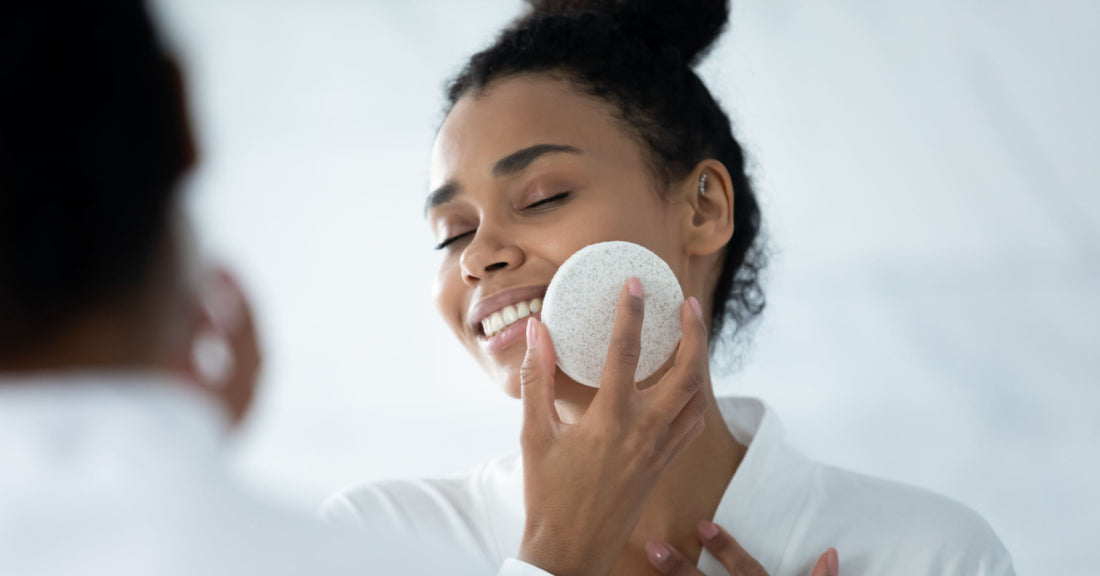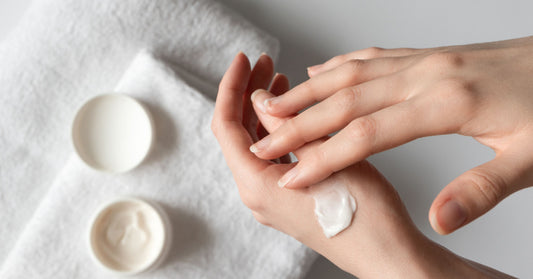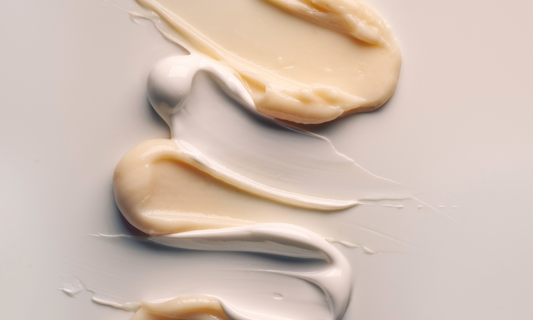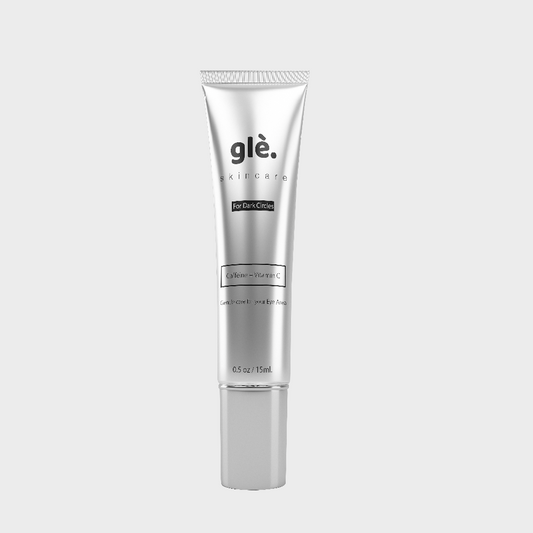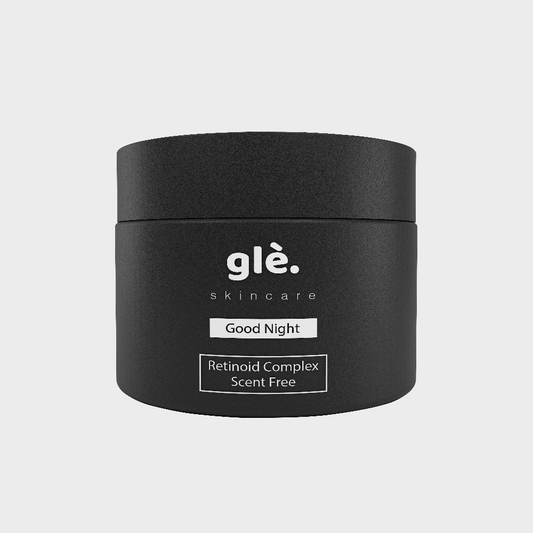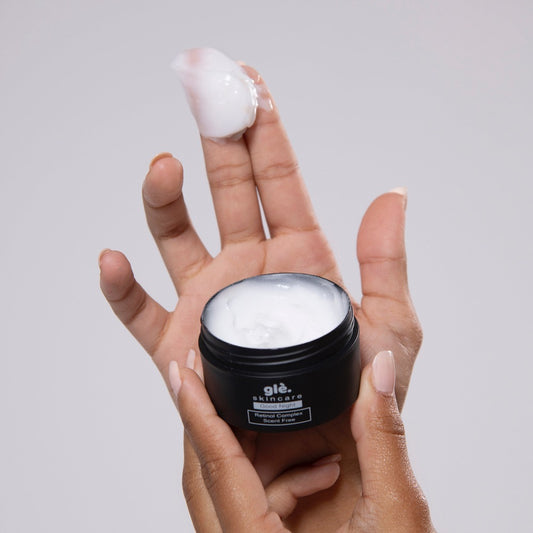If we were to ask you what’s the most confusing step in your skincare routine, what would you say? For many, it’s exfoliation. Not many people know how to correctly exfoliate based on their skin type. This usually results in a bad experience, causing people to do away with exfoliating altogether.
We don't recommend that. Exfoliation should be an important part of every routine. It sloughs off dead skin and encourages the production of new skin cell turnover. If your skin appears dull and lackluster, but nothing in your arsenal appears to be working, using an exfoliator can brighten your skin and improve its appearance.
In this article, we’ll share the correct products and techniques based on your skin type.
Normal Skin
Having normal skin doesn’t mean you don’t experience complications, but it does allow for more flexibility with the type of exfoliator you choose. In fact, you can use any method of exfoliation to shed off dead skin cells.
There are two forms of exfoliation:
- Physical: granular scrubs buff off dead skin cells
- Chemical: enzymes or acids dissolve dead skin cells
Oily Skin
People with oily skin need to exfoliate regularly to prevent clogged pores and breakouts. Physical exfoliators (granular scrubs) are excellent for oily skin, as are chemical exfoliators that contain salicylic acid. Try both forms of exfoliators and see which is right for your skin needs.
People with oily skin can exfoliate more frequently than any other skin type (two to three times a week) due to the extra layer of buildup on the surface. Just remember that even oily skin can get irritated, so don't exfoliate excessively. And always use a face moisturizer after exfoliating.
Dry Skin
People with dry skin have the most to gain from exfoliating. Dry dry skin, moisture is crucial. If you have layers of dead skin cells, your moisturizing products won’t be able to penetrate the skin and hydrate effectively. Nevertheless, people with dry skin don’t need harsh products to do the job. Look for chemical exfoliators, as they are known to gently exfoliate and moisturize.
Don’t exfoliate often – once or twice a week is all you need to diminish flakiness and dull skin.
Combination Skin
Because combination skin is a blend of dryness and oiliness, you may need to alternate between a physical and chemical exfoliator.
How to correctly exfoliate for combination skin depends on whether you struggle more with dry or oily skin.
Gauge how your skin feels after using each product. If your skin feels dry after a physical exfoliator, you may struggle more with dryness than oiliness. Alternatively, if your skin still appears dull after using a chemical exfoliant, consider a mechanical exfoliant, the more aggressive of the two products. Exfoliate once or twice weekly and moisturize after.
Sensitive Skin
It’s no surprise that some people with sensitive skin never exfoliate. When done incorrectly, it can lead to redness, irritation, dryness, and overall discomfort. It’s important to look at the ingredients in your skincare products. Chemical exfoliators contain alpha-hydroxy-acids (AHAs), such as lactic acid for a gentler exfoliation. Do this once or twice weekly and follow up with a moisturizer to keep the skin looking radiant.


